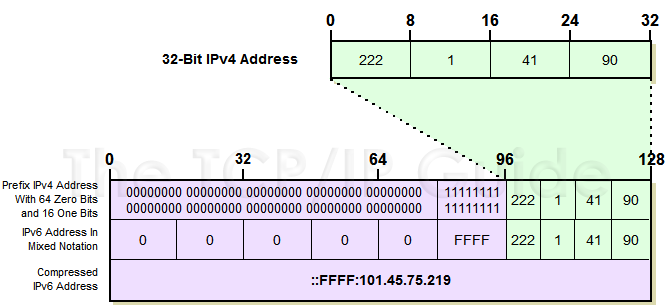

Repeat step 1 with the second octet (168),

IE : 192/16 = 12 times exactly with 0 left over Lets take the following IPv4 address : 192.168.99.1 and convert it to Hex.ĭivide the first octet (192) by 16 (since Hex is a Base-16) Two Tuples (1 Tuple = 4 bits = 1 Hex character) denotes 1 byte.Two more things I would like to mention before explaining the conversion. I also assume you know the hex values in decimal: A Binary is a Base-2 numbering system, as it has only 0,1.The question is how to do the conversion.įirstly before starting I will assume everyone knows the following: With Automatic 6-to-4-tunnels, your address format is as follow: When would you need to do this? One specific use is IPv6 6-to-4 tunnels, which always concatenates 2002::/16 with the IPv4 address embedded. Why? Why waste time and do things the long way? Not cool. Is so easy, yet everyone seem to convert a IPv4 address to binary, then to IPv6.


 0 kommentar(er)
0 kommentar(er)
